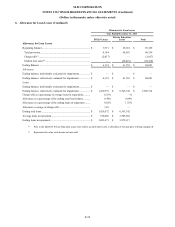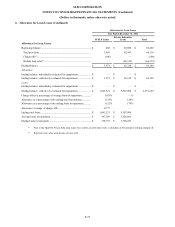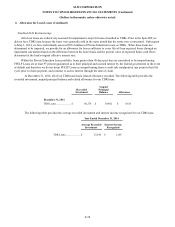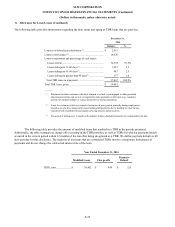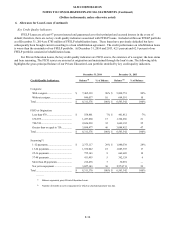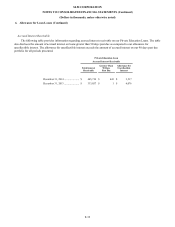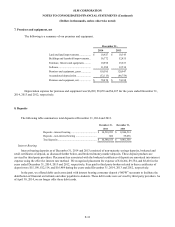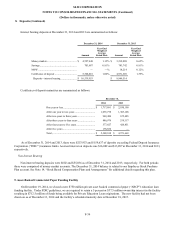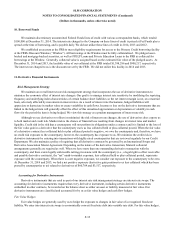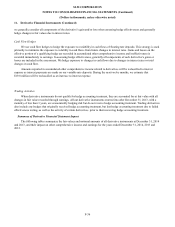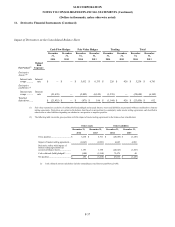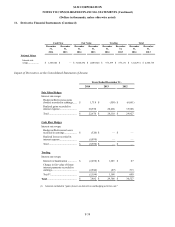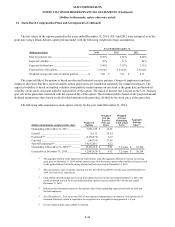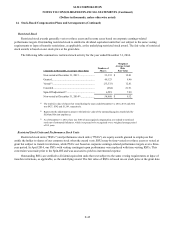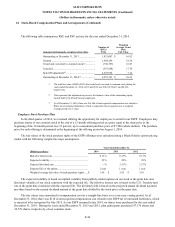Sallie Mae 2014 Annual Report Download - page 120
Download and view the complete annual report
Please find page 120 of the 2014 Sallie Mae annual report below. You can navigate through the pages in the report by either clicking on the pages listed below, or by using the keyword search tool below to find specific information within the annual report.SLM CORPORATION
NOTES TO CONSOLIDATED FINANCIAL STATEMENTS (Continued)
(Dollars in thousands, unless otherwise noted)
11.
Derivative Financial Instruments (Continued)
we generally consider all components of the derivative’s gain and/or loss when assessing hedge effectiveness and generally
hedge changes in fair values due to interest rates.
Cash Flow Hedges
We use cash flow hedges to hedge the exposure to variability in cash flows of floating rate deposits. This strategy is used
primarily to minimize the exposure to volatility in cash flows from future changes in interest rates. Gains and losses on the
effective portion of a qualifying hedge are recorded in accumulated other comprehensive income and ineffectiveness is
recorded immediately to earnings. In assessing hedge effectiveness, generally all components of each derivative’s gains or
losses are included in the assessment. We hedge exposure to changes in cash flows due to changes in interest rates or total
changes in cash flow.
Amounts reported in accumulated other comprehensive income related to derivatives will be reclassified to interest
expense as interest payments are made on our variable rate deposits. During the next twelve months, we estimate that
$19.8 million will be reclassified as an increase to interest expense.
Trading Activities
When derivative instruments do not qualify for hedge accounting treatment, they are accounted for at fair value with all
changes in fair value recorded through earnings. All our derivative instruments entered into after December 31, 2013, with a
maturity of less than 3 years, are economically hedging risk but do not receive hedge accounting treatment. Trading derivatives
also include any hedges that originally received hedge accounting treatment, but lost hedge accounting treatment due to failed
effectiveness testing, as well as the activity of certain derivatives prior to them receiving hedge accounting treatment.
Summary of Derivative Financial Statement Impact
The following tables summarize the fair values and notional amounts of all derivative instruments at December 31, 2014
and 2013, and their impact on other comprehensive income and earnings for the years ended December 31, 2014, 2013 and
2012.
F-36


